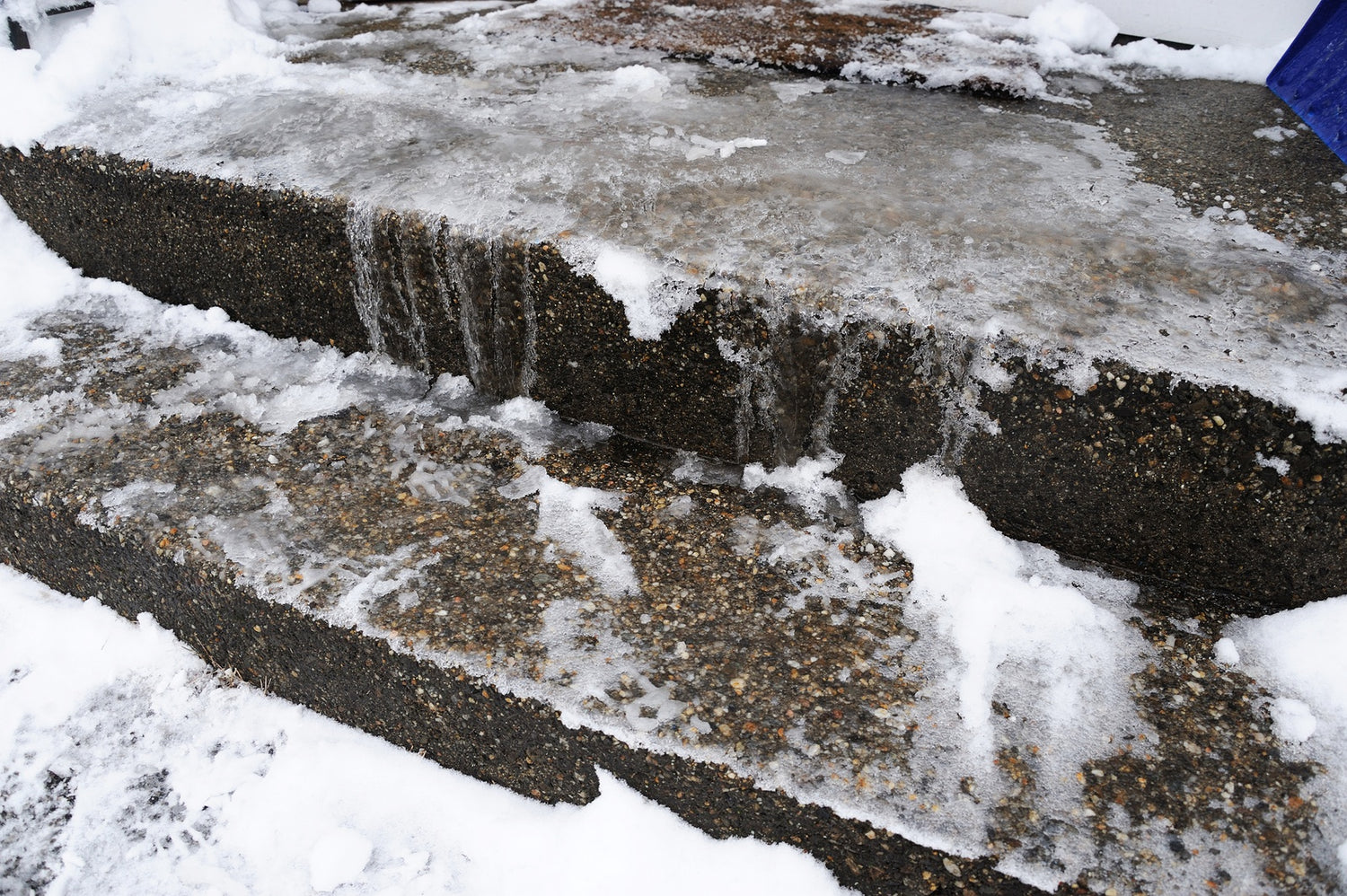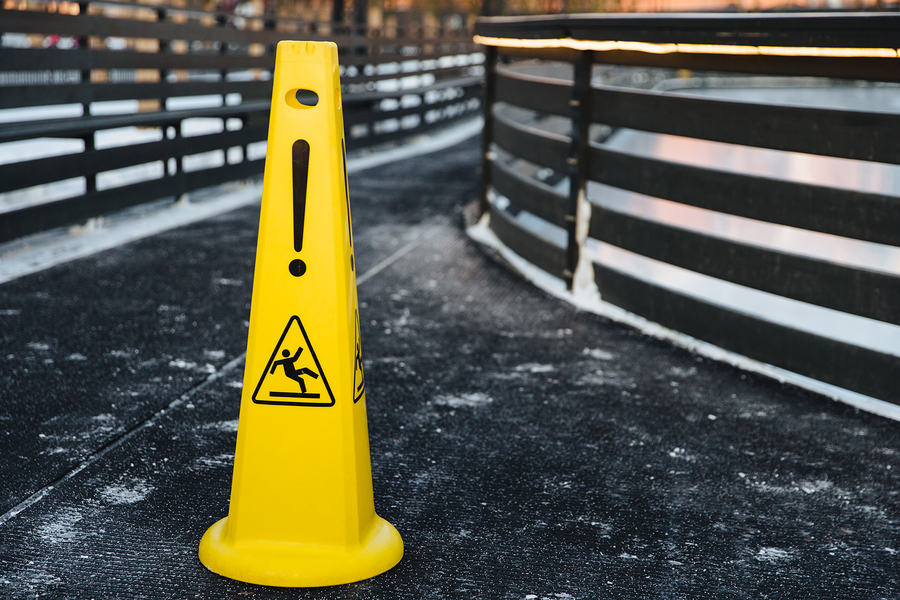 Prevention is always preferred when it comes to dealing with winter ice. Nevertheless, there may be times when, despite your facility management team’s best efforts, you will be faced with the hazard of black ice. Below are some options for removing it, but first, a refresher:
Prevention is always preferred when it comes to dealing with winter ice. Nevertheless, there may be times when, despite your facility management team’s best efforts, you will be faced with the hazard of black ice. Below are some options for removing it, but first, a refresher:
What is black ice?
Black ice is actually clear, not black. It forms when the ground temperature is lower than the surface temperature, which causes rain, sleet and snow/ice melt-off to freeze in a translucent, razor-thin layer upon impact with the ground.
Any ice at your facility is a potential hazard, but black ice is especially dangerous because it’s hard to detect. Water soaks into the surface pores of the pavement and freezes, its top surface barely reaching above the pavement, making it difficult to detect—and remove.
So, how can you eliminate black ice before it causes serious damage?
Chemical de-icers
Whether you’re removing black ice from foot traffic or vehicular areas, chemical de-icers are often the preferred method.
Pretreating your pavements with rock salt or salt brine can help mitigate black ice, but may also cause damage to asphalt, concrete, and vegetation. You can also apply salt to black ice after it forms.
The other issue with salt is that it doesn’t work well at low temperatures. Rock salt is only effective to about 0°F (-18°C), but combining salt with magnesium chloride or calcium chloride can increase its effectiveness. Salt is best used for pretreatment, not for removing ice after the fact. Calcium chloride, on the other hand, is a good (but expensive) way to melt black ice quickly.
Pro: Speed of application, allowing employees to cover a lot of ground in a short amount of time
Con: Infrastructural and environmental impact paired with their dependency on temperature and sunlight for optimal effectiveness.
Mechanical or hand-held options
Mechanical methods are less corrosive than are chemical de-icing agents, but they can be expensive (both in equipment and labor costs).
They include newly innovated vehicular implements to more effectively break up ice on large jobs. Many of these tools are designed to work with existing plows. Options include multi-blade plows and underbody scrapers. Penetration drums use steel spikes to perforate ice, increasing traction and plowing capabilities. Another option is to use a trailer plow behind the penetration drum-equipped vehicle. The Alaska Department of Transportation and Public Facilities has already tested and is using penetration drums as part of its winter fleet.
If yours is a smaller area, a selection of handheld tools allow you to manually break up ice without damaging the pavement underneath.
Ice diggers or ice chisels can be used to break up black ice; ice choppers and ice scrapers for pavement are also options. These tools have thin blades that can penetrate ice or be inserted into a crack between the ice and the pavement to lift and break the ice into chunks. Durable steel shovels may also be used.
Pro: Can work at any temperature, with minimal environmental impact
Con: Labor-intensive
The best choice for removing black ice: use a combination of chemical de-icers, manual tools, and pretreatment options. Each winter storm presents a different set of challenges, so it’s important to have diverse tools on hand. The more efficient you are at quickly and completely removing snow and ice, the safer your facility users will be.


